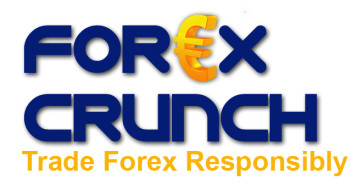After a few long weeks of good news from the American economy, this week’s figures have given a blow to the hopes of recovery. What does this mean for the US dollar?
Non-Farm Payrolls, the single top rated indicator, was better than expected, showing a fall of “only” 539K jobs in April. This was the peak of various economic indicators that showed recovery. American housing is clearly off the bottom, and also other indicators such as Durable Goods Orders, consumer confidence and Purchasing Manager’s indexes were positive.
Also politicians and economists saw hope hope. From the G20 and G7 summits, through G20 and Obama’s stimulus package.
Bad figures this week
Unemployment Claims, which have been slowly declining, went up again. 637,000 is a set back, and the explanations that Chrysler layoffs caused it are no excuse. The slow reduction of the weekly jobless claims has halted. This means that also the next Non-Farm Payrolls won’t be too good.
Retail Sales: After falling for a long time, there was hope that Retail Sales will recover, or at least stabilize. This didn’t happen: Retail Sales that were published on Wednesday showed a fall of 0.4%, and Core Retail Sales fell by 0.5%.
Risk factor still dominant
The American economy didn’t bounce back. It may have stabilized, but it isn’t really recovering. Not so fast. These figures triggered new fears. Risk aversion was back in play, and the dollar retracted some of its losses to other currencies.
With recovery out of sight, at least out of near sight, it means that the risk factor is here to stay: bad US figures still mean risk aversion and dollar strength. Good US figures mean risk appetite and dollar weakness.
When will the markets get back to normal?
Update 14:15 GMT: Today’s data was ok: Core CPI, TIC Long-Term Purchases and Prelim UoM Consumer Sentiment were better than expected. And yet the road to recovery is still long and winding. Risk factor is strong again: the dollar weakened on the better-than-expected figures.
